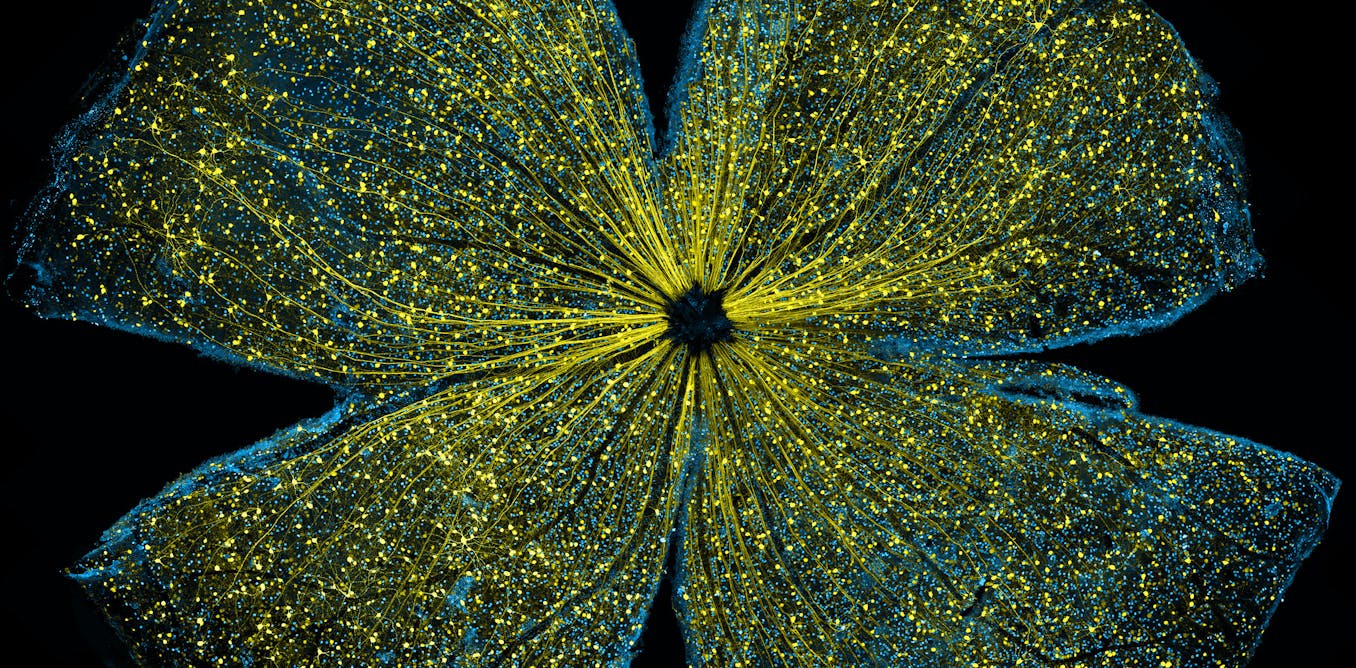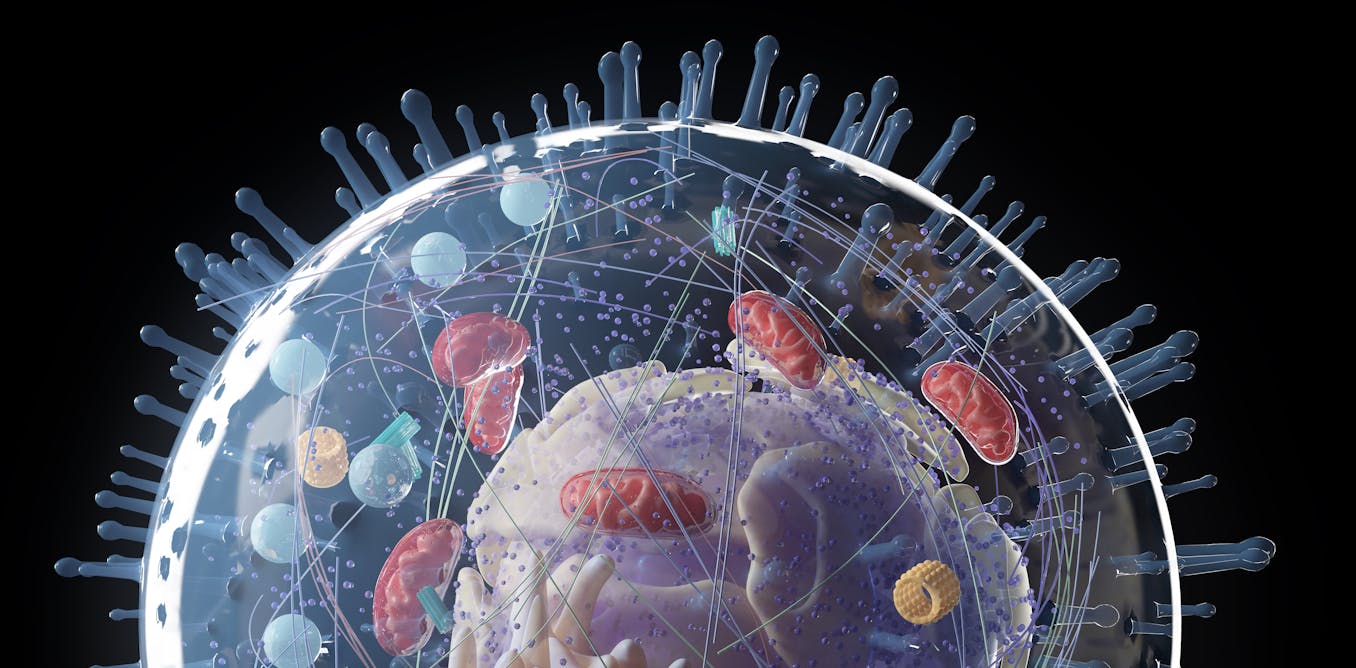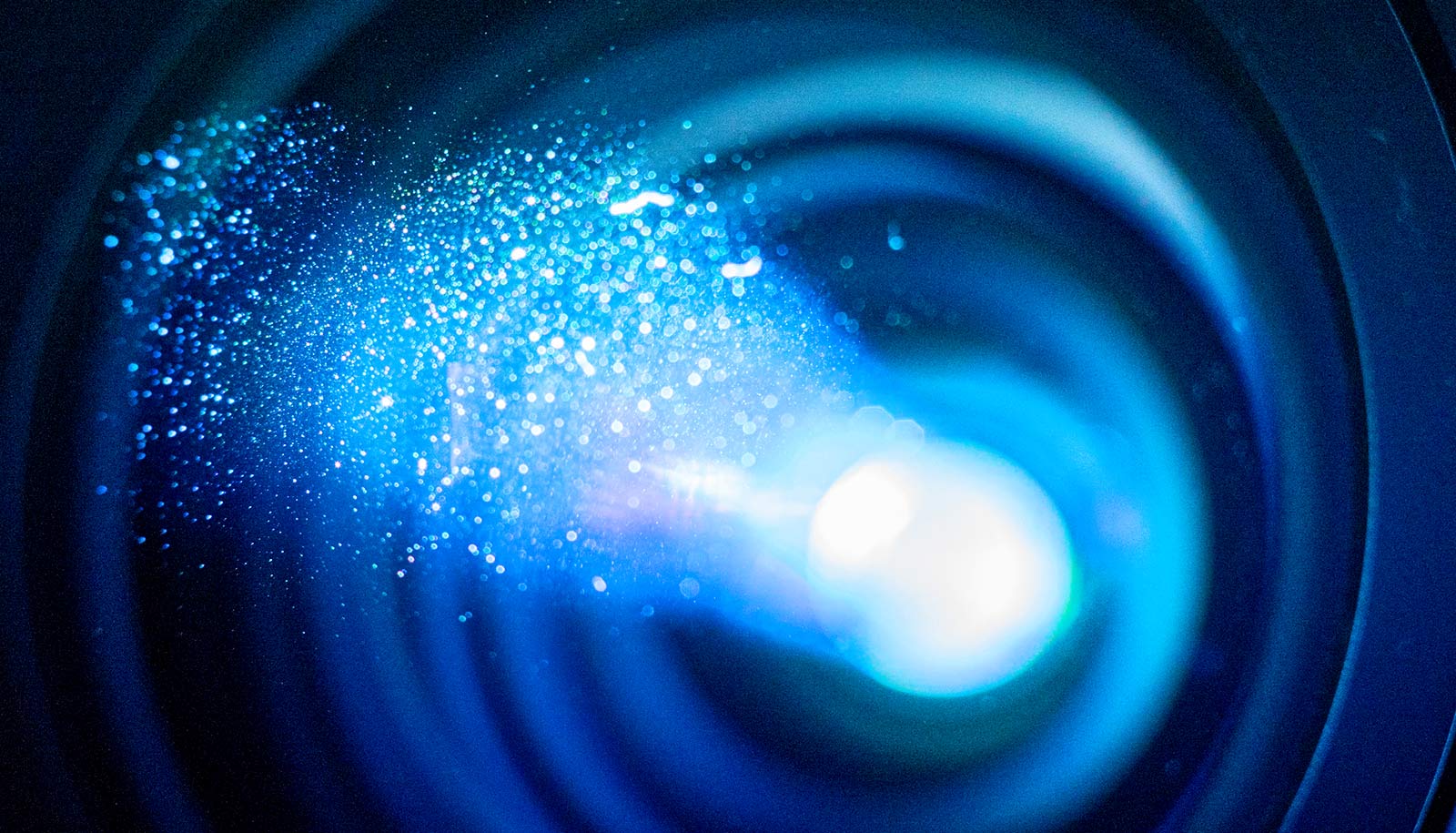Seeing what the naked eye can't − 4 essential reads on how scientists bring the microscopic world into plain sight
Visualization is an essential part of the scientific process. Advances in imaging have enabled eye-opening discoveries, not only for scientists and researchers but also for the general public.
Aug. 22, 2023 • ~12 min








